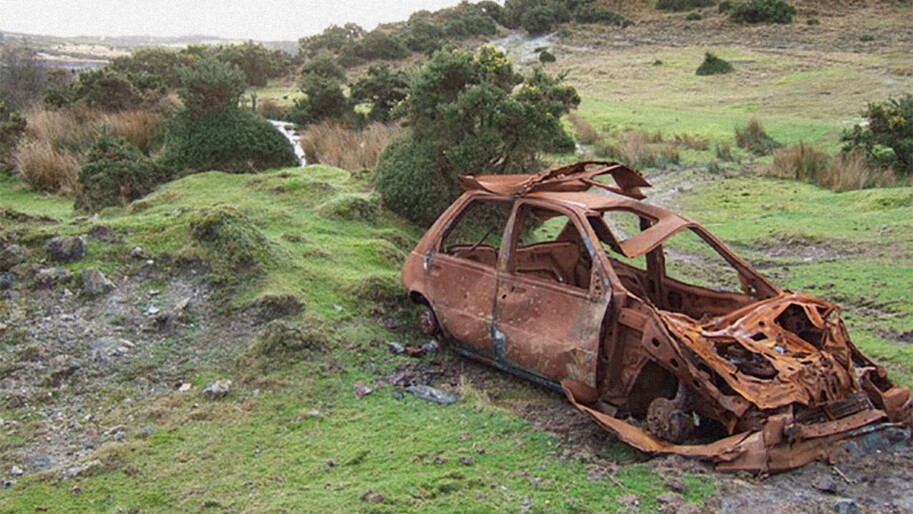Changes are coming to the world of driving. Massive changes. Changes so massive, in fact, that the way we move, and the power that moves us, could be so different in twenty years that those born then will look back at our era of combustion-powered motor vehicles, driven by people (yes, those sleepy, distracted people), spewing a highly-regulated toxic plume, in the same way we look back on the era of horse and buggy, or even that era before public sanitation, when slop buckets were flung from balconies.
How dirty it must have been, they will remark, to live in such a filthy, primitive age. If analysts and prognosticators the world over are correct, the sound you hear of cars whizzing by on today’s roads and freeways is merely the death rattle of the combustion age.
To know why this is so we need look not only at the incredible growth of Tesla, which is shaking up the automotive industry, but merely peruse the pages of such normally-staid publications as The Economist. In an August, 2017 article, titled The death of the internal combustion engine, the publication states that the internal combustion engine “has had a good run, but the end is in sight”(1).
As battery prices continue to fall, and the imperatives of economics, climate, and geopolitics push us closer to an all-electric future, the stalwart old combustion engine, with its multitude of moving parts, its constant thirst for toxic and polluting fuel and lubrication, and its massive social and environmental externalities, will rapidly fade into the trash bin of history. To think otherwise is to miss the facts staring us plainly in the face. Already Germany, Great Britain, France, India, Norway and the Netherlands have announced plans to phase out, and eventually completely ban internal combustion engines(2). And automakers such as Volvo have declared that all new models will be powered by electricity in some form as early as 2019.
The reasons why motors and batteries are replacing engines and petroleum, are as straightforward as the reasons why engines replaced horses in the first place. They are better, cheaper and cleaner. Drivers of electric cars in Denmark, for example, are not only saving on fuel costs and oil changes, they are in some cases able to connect their cars to the grid and earn up to $1500 a year selling power back to the utility during times of peak demand(3). Try doing that with your 1967 Mustang, or your 2017 Acura for that matter.
By 2025, electric cars with ranges in the hundreds of miles will be the same price or less than a similar sized gas car. The growth of EVs that will result, including those that are self-driving or part of shared fleets, will send the last of the gas engine makers scurrying for the exits, or the niche markets of hobbyists and rich enthusiasts. The rest of the world will be happily zipping along in clean, quiet electric vehicles. And we will look back on these, the last decades of the combustion age, and say to those who doubted us, “I heard the death rattle, didn’t you?”


